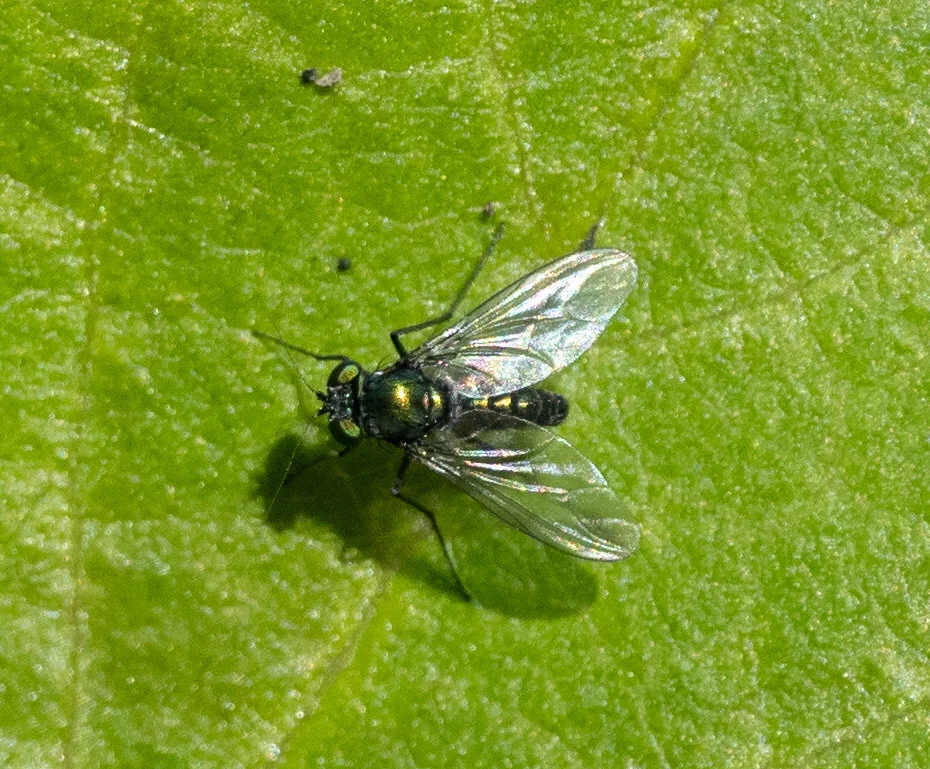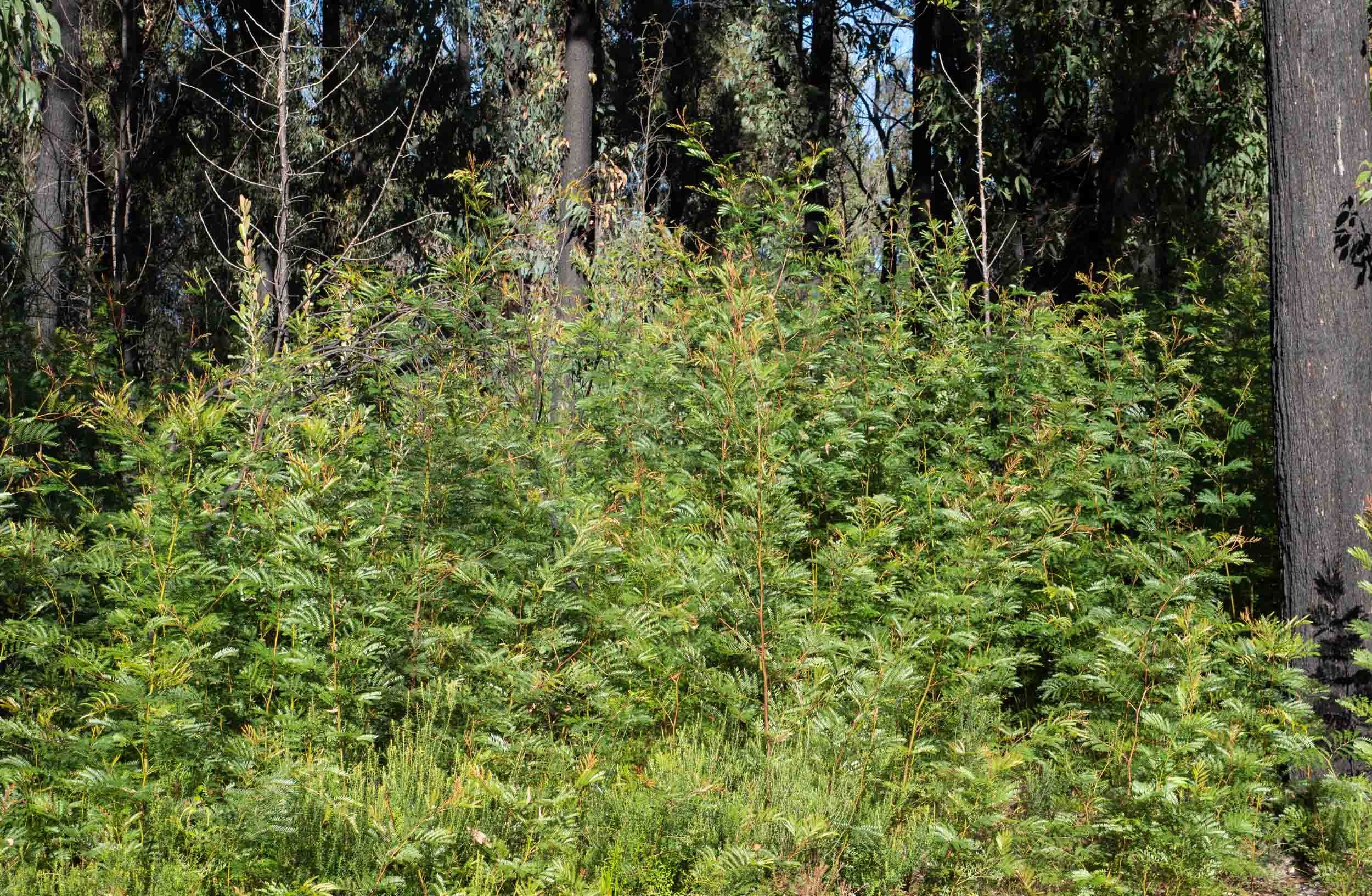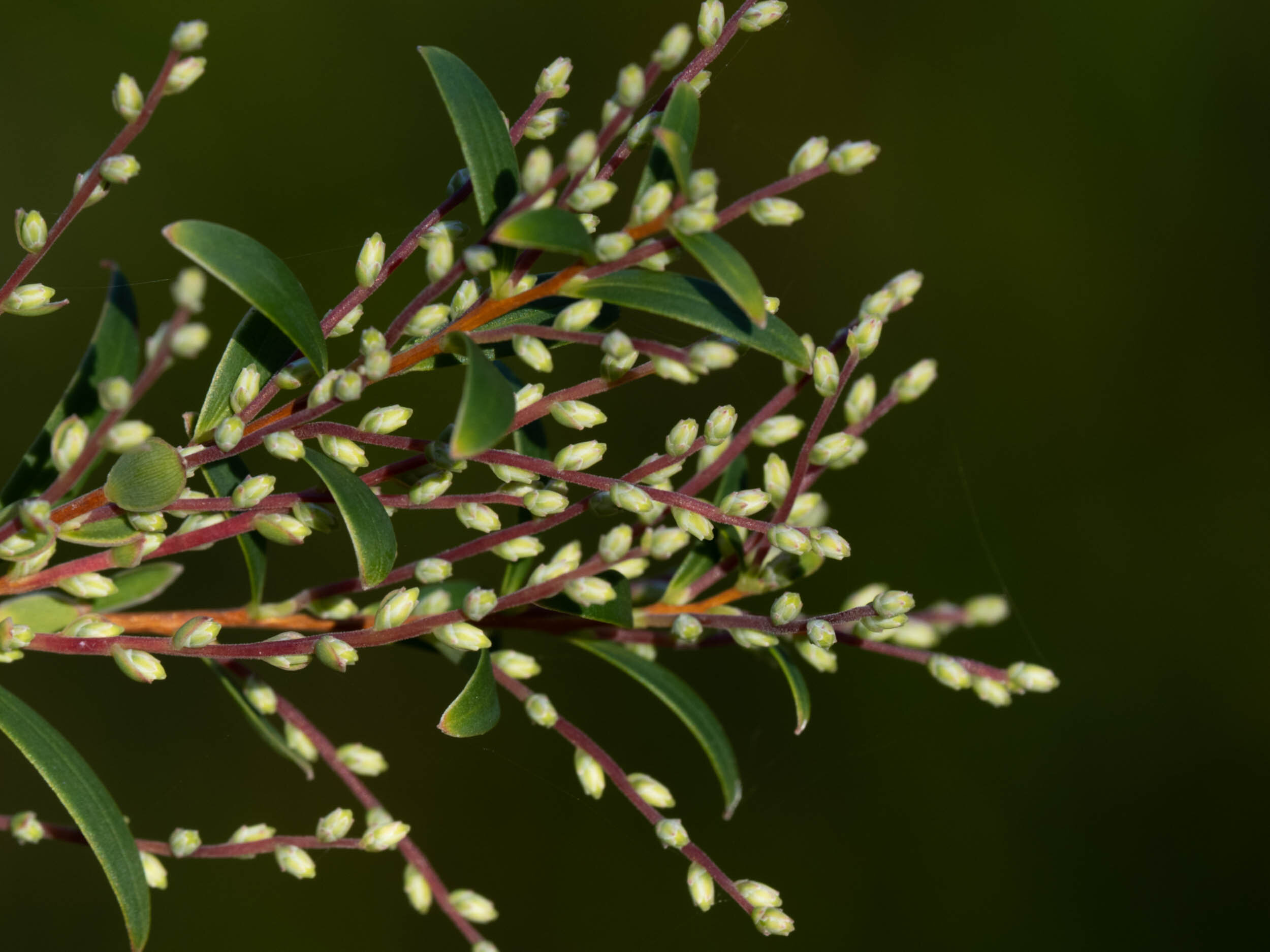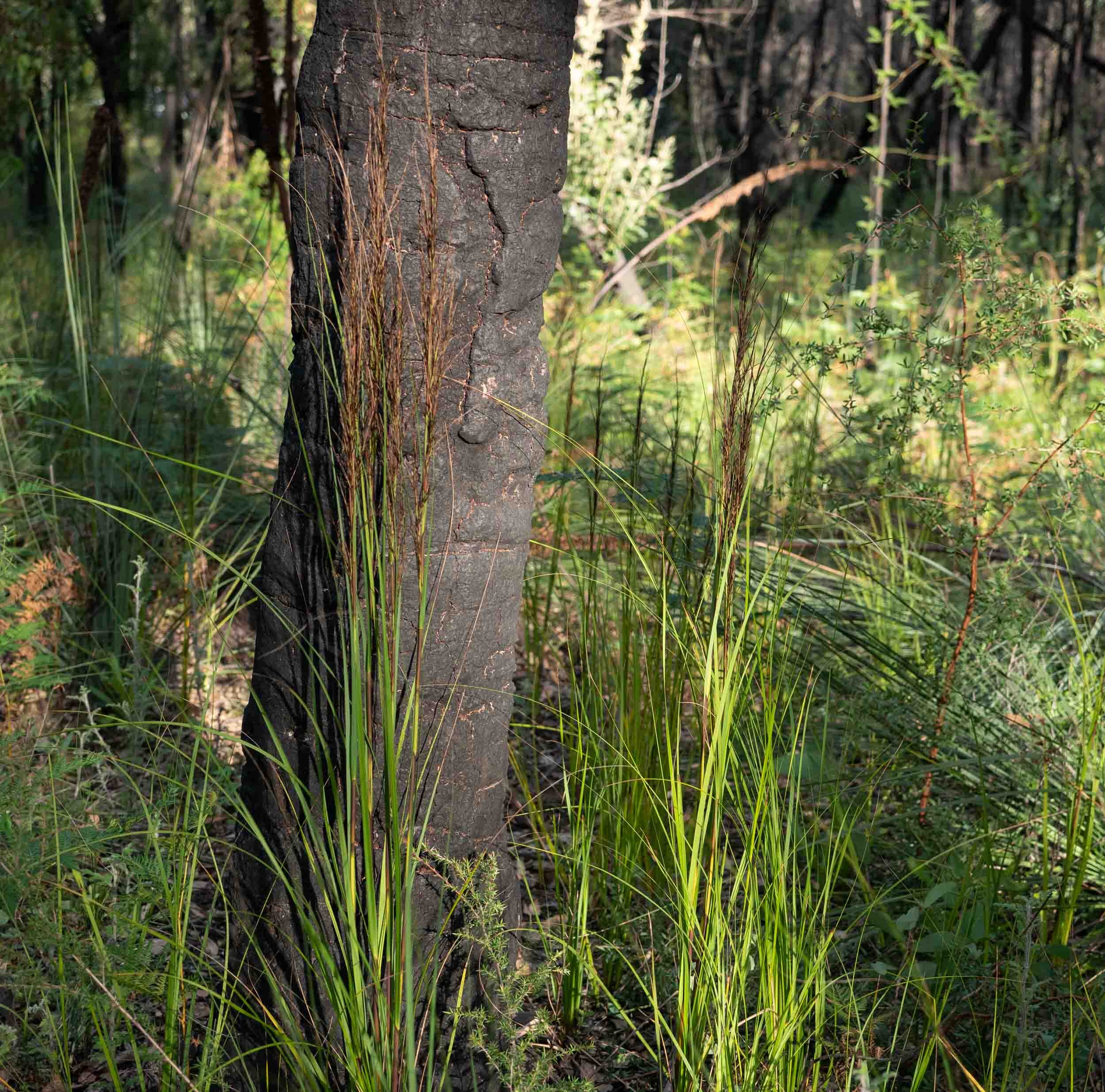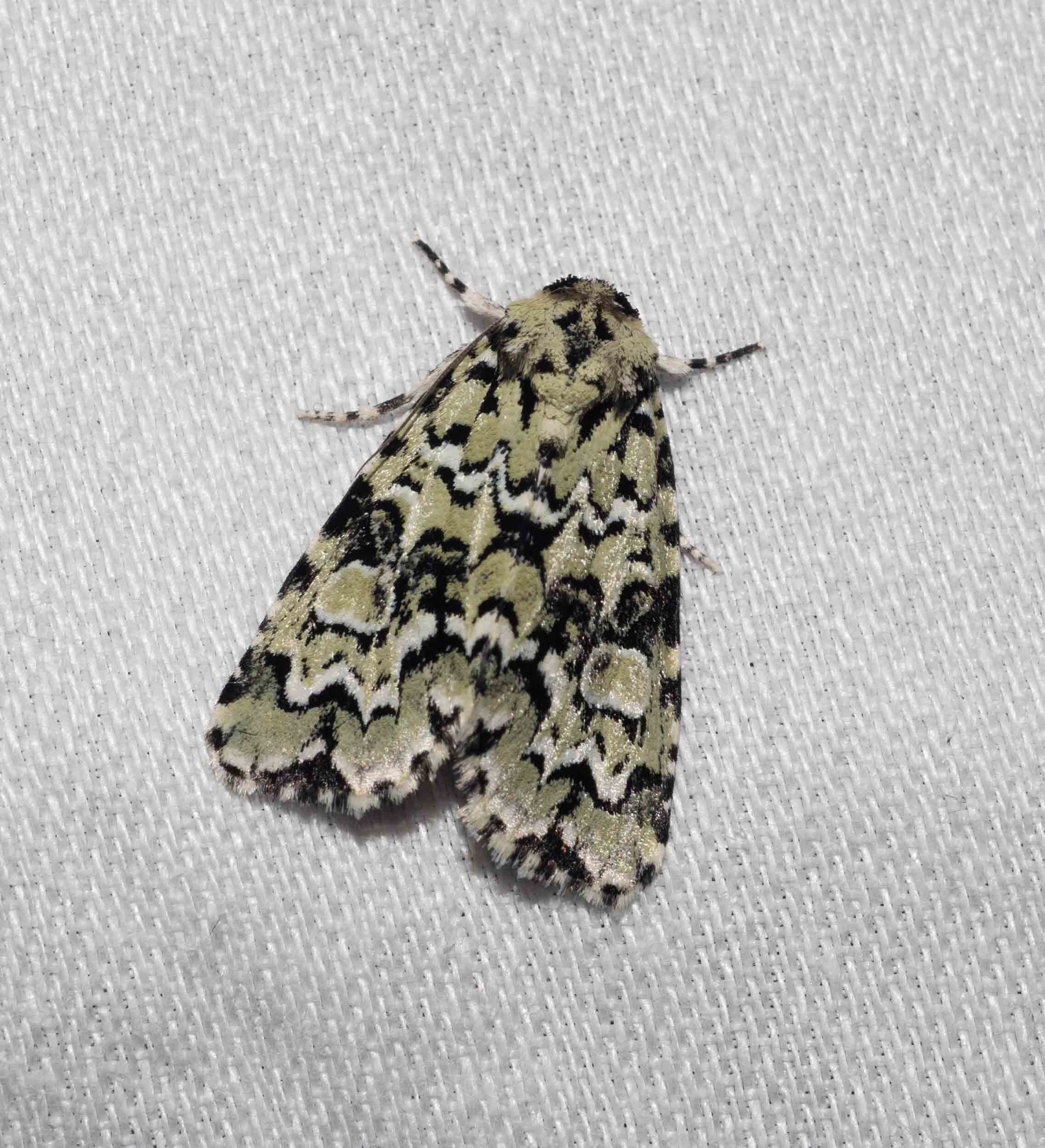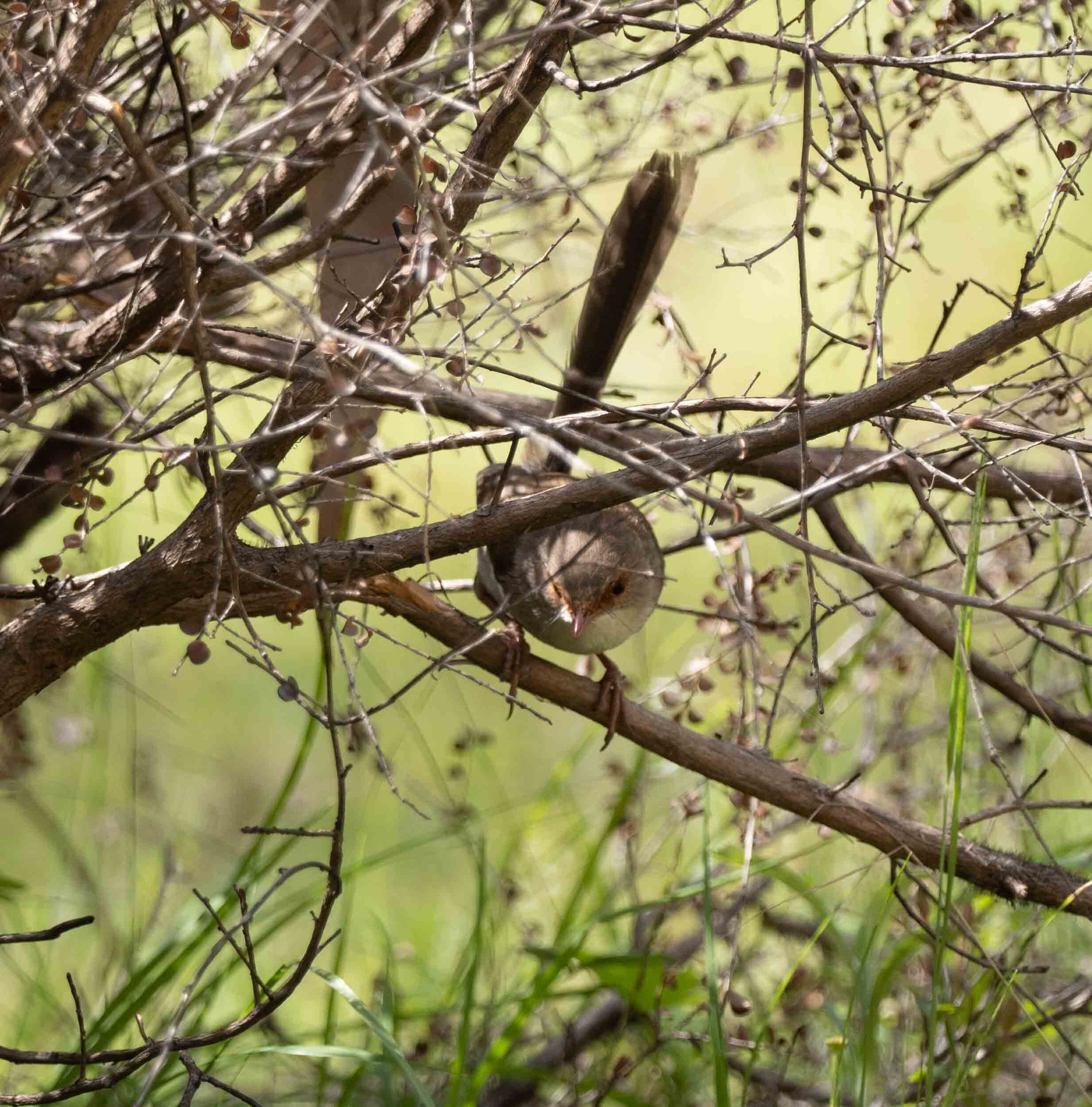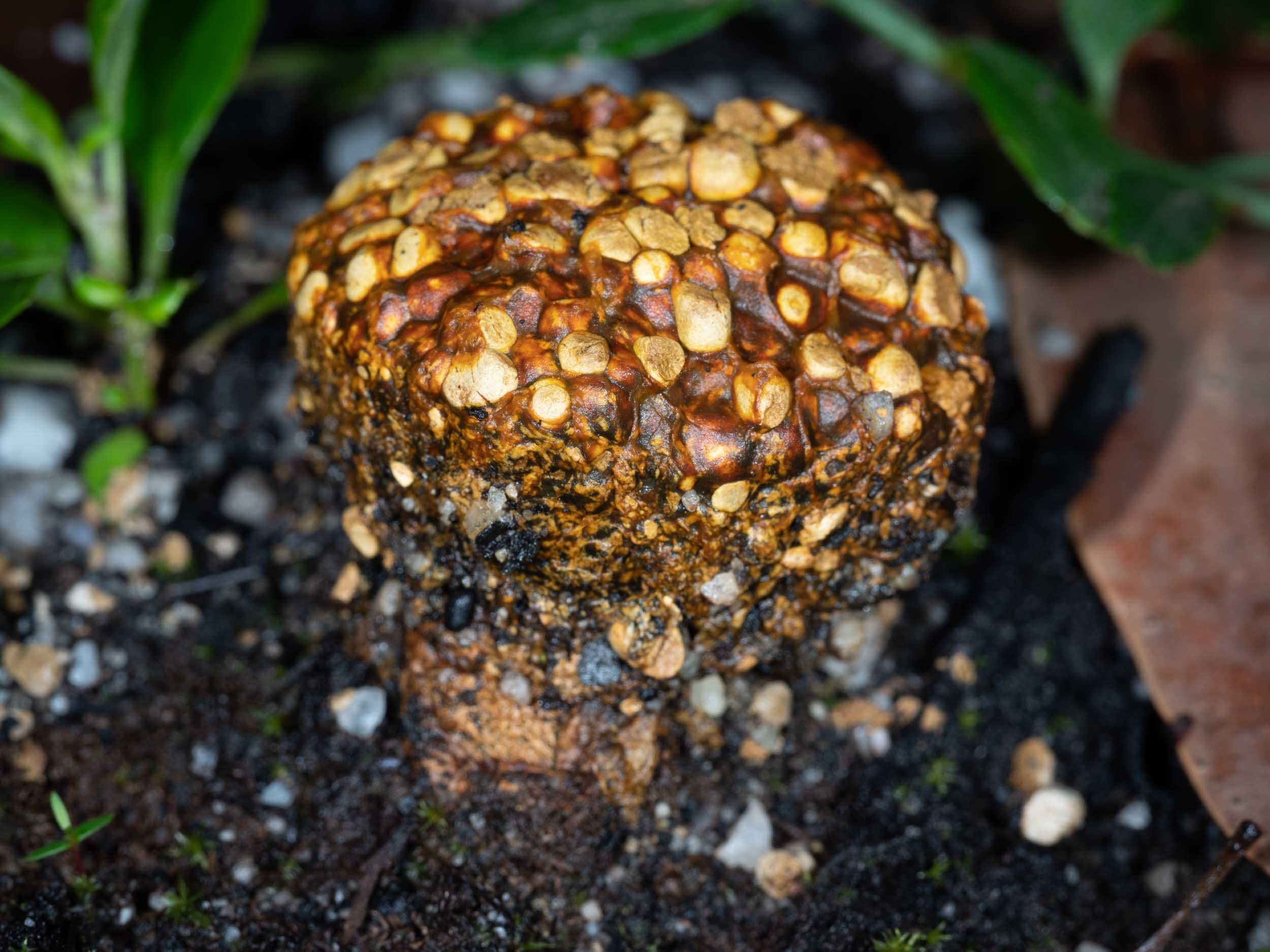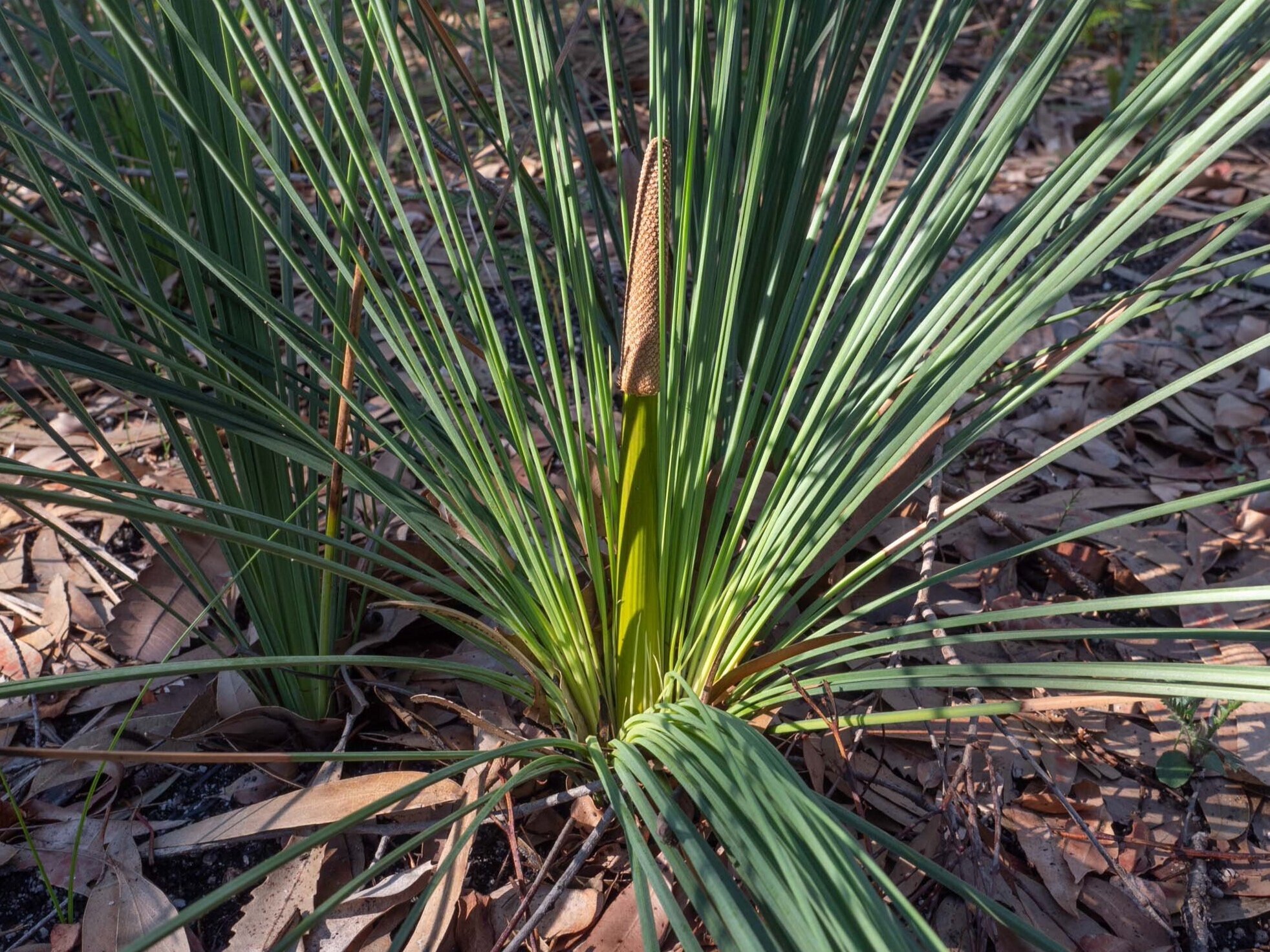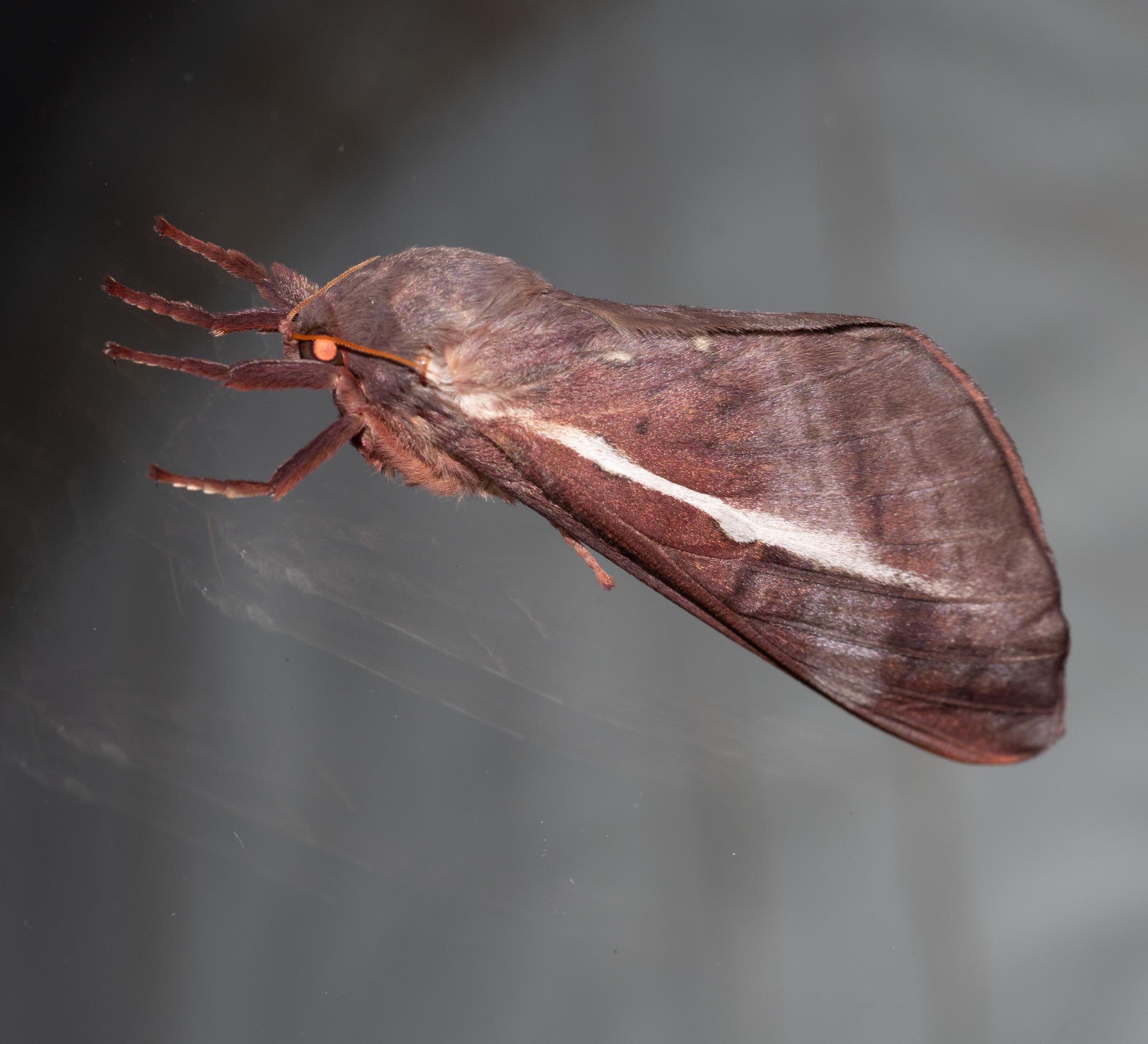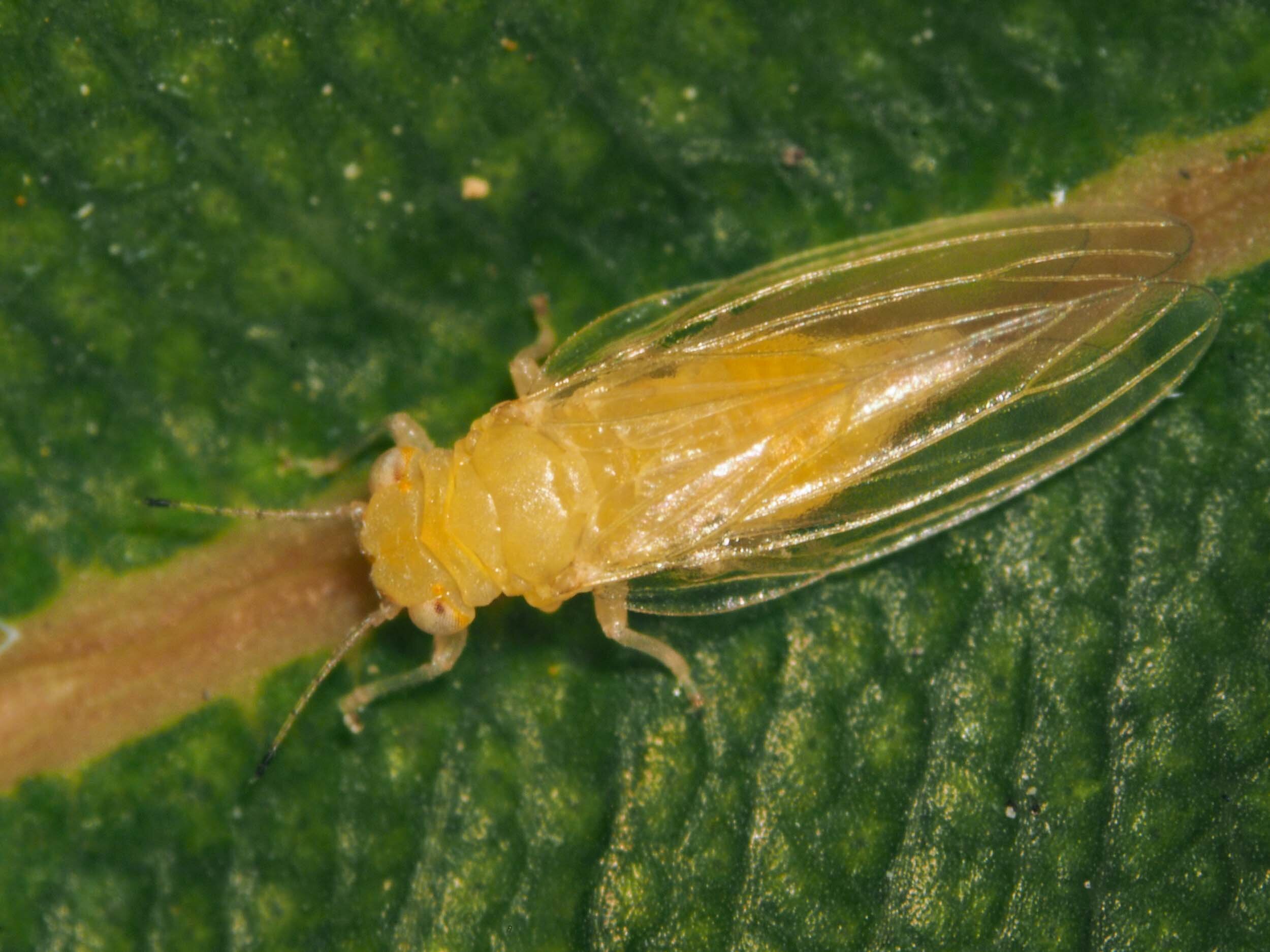Restoring ecological webs
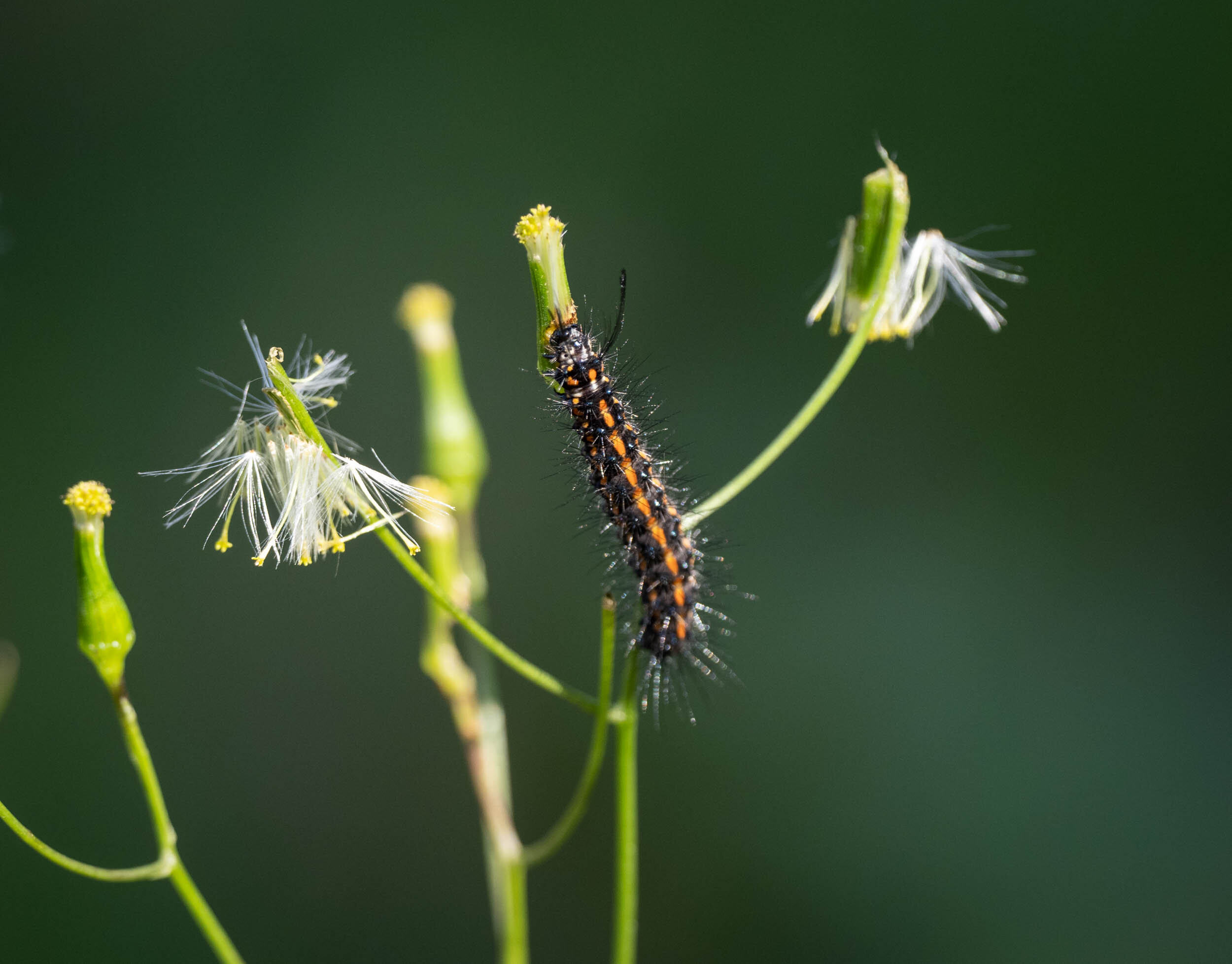
How is an ecosystem reconstructed after it has been destroyed? It’s helpful to contrast how a house is rebuilt after a bushfire.
Unlike a house, there is no rigid, pre-ordained plan of assembly for an ecosystem. Rather, the myriad interactions between the living things that comprise it - microorganisms, plants, fungi and animals - drive the process. This happens automatically with no-one orchestrating the events. There is no master builder.
The precise sequence of events and their time frame cannot be predicted with surety. What happens at a given point in time depends on the array of species - the building materials if you like - present then. Variable and unpredictable factors such as the weather play a major role in determining this mix and how the organisms interact.
There is no final outcome of the rebuilding process. Ecosystems are forever changing. The ‘house’ you see now will almost certainly look different in five or ten years time.
Here are some selected snapshots of the regeneration of our forest ecosystem - three months after it began - showing some of the players and processes at work.
Rebuilding the ground floor of the forest
The regeneration of the forest understorey has been quite dramatic. For a while, new species would appear almost on a daily basis - rising out of the ashes as seedlings or emerging as sprouts from burnt plants that had survived the onslaught of the fire.
In the last few weeks these nascent seedlings and sprouts have grown rapidly. As they’ve done so, they’ve become more clearly recognisable as progeny of a particular adult plant species.
This panorama - taken just 3 months after the fire - shows how vigorous the undergrowth regeneration has been. Scores of different species of grasses, sedges and herbs are present in this image.
Where there are herbs, there are herbivores. So it’s no surprise to see a range of insects feeding on the leaves and stems of these actively growing plants - fresh, tender and highly nutritious.
The understorey is more than just a food source for insects. Butterflies and moths lay eggs on the foliage or find refuge from predators. Leaves and stems serve as convenient perches for predatory insects as they search for prey. Flat, horizontal leaves are perfect platforms for displaying your wares when searching for a mate.
Plants can be launching pads for insect dispersal
On one occasion we witnessed the dramatic sight of thousands of swarming ants climbing the shoots of young grasses and sedges. Many of these ants were winged (alate) males, the same size as the wingless worker ants. They took flight when they reached the tip of the stems or leaves.
On looking back through old posts, we discovered that we had seen the same gathering and dispersal flights of alates of this species, the Black Tyrant Ant, Iridomymex rufoniger at almost exactly the same time two years ago. The males seek out females, which become the founding queens of a new colony.
Growth…then reproduction
Grasses were the first plants to reappear after the fire and they were also some of the first to start flowering. Weeping Grass, Microlaena stipoides thrust up flowering stems - culms - as early as 6 weeks after the fire and we saw opened flowers by 9 weeks. Open areas of the forest are now covered in a thick layer of Weeping Grass.
This grass is now producing seeds, which is attracting King Parrots to the forest on a regular basis. Wonga Pigeons and Crimson Rosellas are also making an appearance, probably searching for some of the same food.
Several other grasses, including Forest Hedgehog Grass, Echinopogon ovatus are flowering and they too are attracting herbivores - although in a different size class.
Flowering forbs are attracting herbivores and pollen collectors.
The numbers and species diversity of the insects we’re seeing in the undergrowth is still modest. But their presence shows that the ecosystem is gradually reassembling.
There is clearly a large enough population of insects in the undergrowth to support regular visits from birds like the Eastern Yellow Robin, that largely hunt in that layer of the forest.
And the Eastern Grey Kangaroos are appreciating the dense cover of Weeping Grass foliage.
Other mammals have reappeared - like this Bush Rat, Rattus fuscipes, a native rodent.
Ferns are reproducing too
Our single tree fern, Cyathea australis is sprouting new fronds and some of these are actively sporulating. We have sighted other ferns regrowing since the fire, including Gristle Fern, Blechnum cartilagineum, Screw Fern, Lindsaea linearis and Maidenhair, Adiantum aethiopicum.
Hakea makes a late but very welcome reappearance
I noted in my previous post that none of the several Hakea macraeana (Willow Needlewood) bushes in the forest had shown any signs of regrowth since the fire.
This was expected as we’d read that Hakeas don’t survive a high intensity fire. However, we also knew that Hakea fruit open in response to fire and release their seeds. We hoped that some of these fallen seeds had germinated.
There was no sign of that until a week ago, when I noticed a small seedling with the distinctive needle leaves of Hakea. We were delighted when our tentative identification of Hakea macraeana was confirmed.
I’ve subsequently found many more seedlings at various stages of development in the vicinity of the burnt bushes. We’re looking forward to seeing this species reestablish itself in the forest.
Food chains reassemble - vertebrate predators
Skinks have been evident in the forest from the earliest days after the fire. While they are not as numerous as usual, we are seeing several species on a regular basis. They search for insects and other invertebrates in the undergrowth.



























